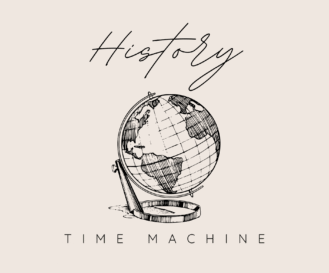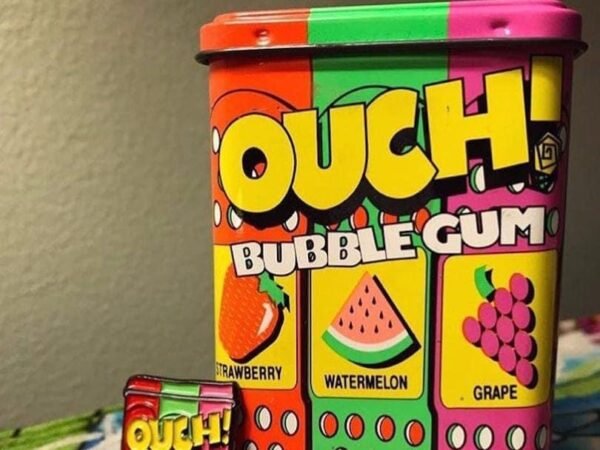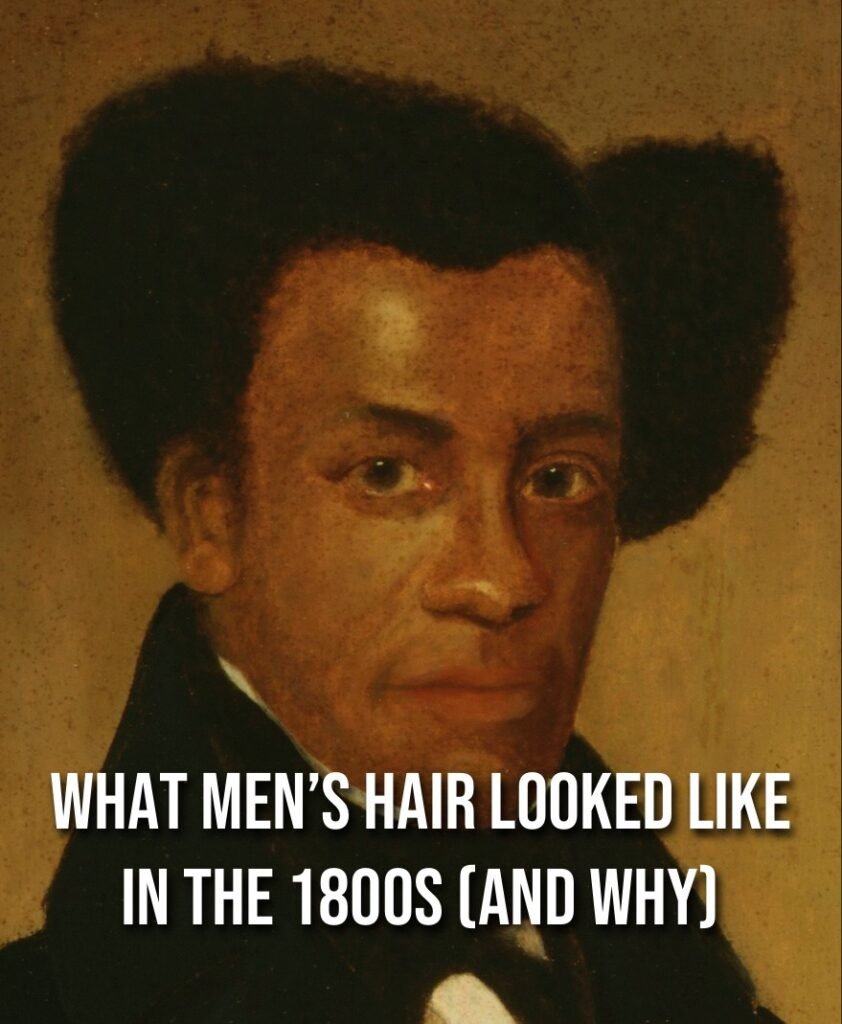
What Were the Most Common 1800s Men Hairstyles?
When you picture 1800s men hairstyles, your brain might jump straight to messy Wild West beards or Civil War generals with giant mutton chops. And you wouldn’t be wrong — but there was actually a wide range of styles depending on the decade, region, and social class.
In the early 1800s, styles were still influenced by the late 1700s — think longish curls, often brushed forward or worn with volume, sometimes even tied back. The “Brutus” hairstyle, with its short back and sides and curly top, was all the rage among educated men trying to copy Roman style. But by the mid-1800s, that shifted toward cleaner, flatter looks — short on the sides, parted deeply, and slicked down with oil or wax.
By the time the century was winding down, styles relaxed again. The late 1800s gave us more rugged looks — men wore their hair a little longer on top, natural waves were embraced, and facial hair was practically mandatory. It’s wild to think about how much you could learn about a man just by the way he combed his hair back then.
You can actually see some of these styles reflected in old photographs, like the serious portraits taken during the Civil War era. Those slick side-parts and serious faces say a lot about the time — and if you’re curious why men never seemed to smile in those photos, we actually looked into that 👉 why people rarely smiled in old photographs.
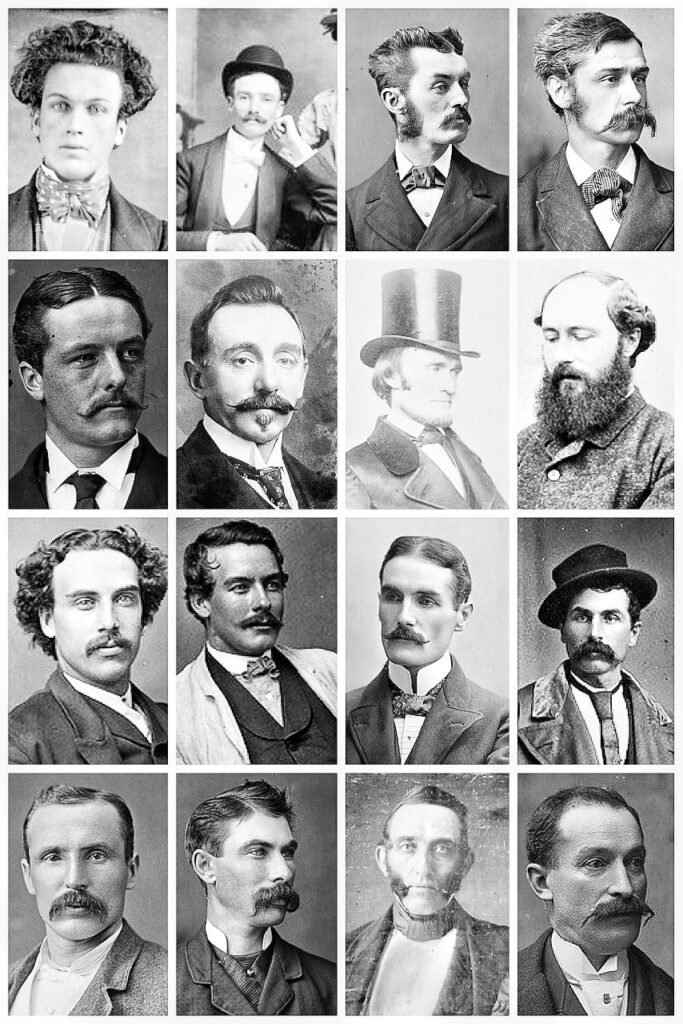
How Did 19th Century Barbers Cut Hair?
Now, if you wanted a fresh cut in the 1800s, you didn’t just swing by a Supercuts. You visited a local barber, and those guys did a whole lot more than just trim your sides. A 19th-century barbershop was part salon, part social club, part horror show — bloodletting, tooth pulling, and shaving were all part of the package.
Barbers used razors they sharpened by hand, shears that looked more like garden tools, and they weren’t exactly sanitizing between clients. Haircuts were often fast, rough, and done with whatever was on hand. A good barber had a steady hand and a clean cloth. A bad one? Well, let’s just say people left with more than just a fresh look.
Still, the barbershop was a gathering spot — a place where men caught up on news, talked politics, or just relaxed. And if you were lucky enough to have one in your small town, it was likely the only place within 50 miles you could get your hair professionally done.
When you dig into stories like the early days of general store towns or even small-town snapshots from Unionville or West Virginia, you start to get a picture of just how much community and daily life revolved around little places like the local barbershop. The haircut was part of the experience — not the whole point.

What Products Did Men Use to Style Their Hair?
You might be surprised by just how much effort went into 1800s men hairstyles — especially considering there were no gel or hair clippers on standby. Back then, styling your hair often meant raiding your kitchen, your fireplace, or your local apothecary.
Men used pomades made from bear fat, lard, lanolin, or beeswax, mixed with things like scented oils or herbs. Some were homemade, some were bought in tins. Either way, you weren’t leaving the house without slicking your hair down with something. Pomade gave the hair that signature greasy shine — and honestly, it helped tame the frizz from lack of bathing, too.
It wasn’t just about style, either. In an era with little running water and no shampoo, these heavy products helped mask the grime. Some men even dusted their hair with powdered starch or charcoal to absorb oils and look a little more refined.
This whole ritual reminds me of the way Roman men used perfume and water rituals, like the sparsiones, which we covered in this post about ancient grooming habits. The obsession with taming hair — whether with oil or steam — clearly isn’t new.
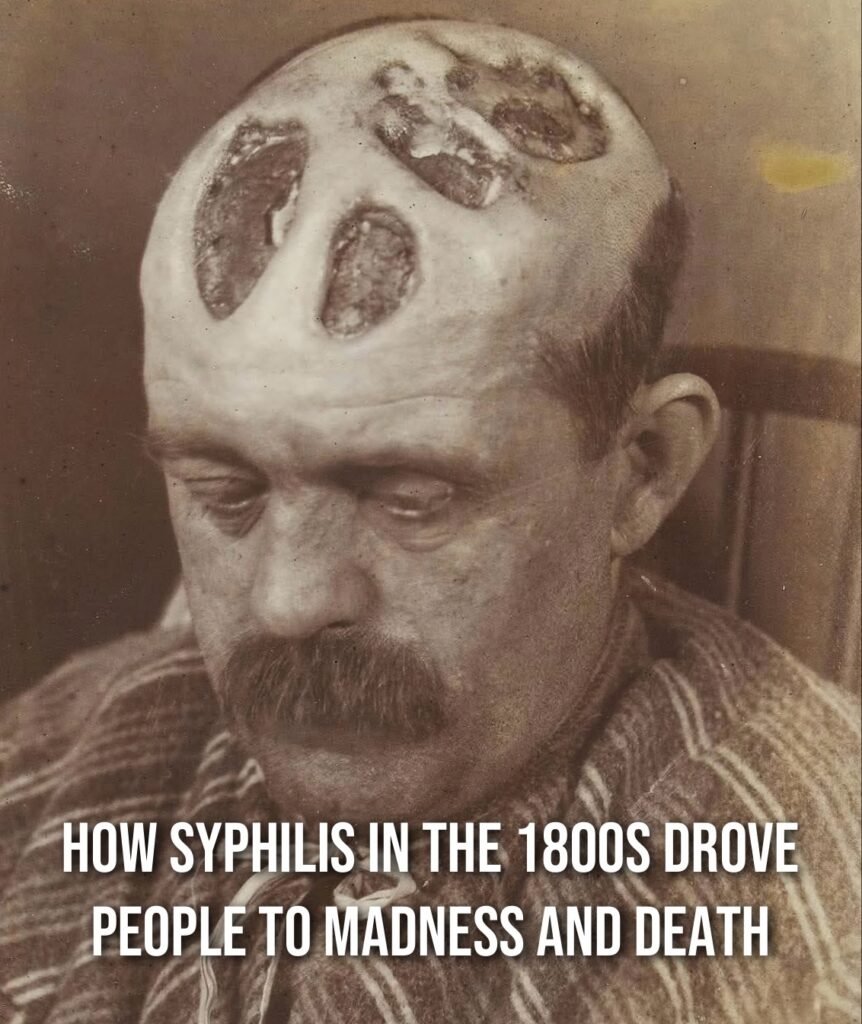
Were Mustaches and Beards Stylish in the 1800s?
Oh, absolutely. If your idea of 1800s men hairstyles doesn’t include serious facial hair, you’re missing half the story. The beard was basically a personality statement back then.
In the early part of the century, clean-shaven faces were more popular, especially among upper-class gentlemen and politicians. But by the mid-1800s, facial hair took off like wildfire. Mutton chops, walrus mustaches, goatees, full lumberjack beards — they were all fashionable depending on the decade.
There were even beard contests and mustache waxes being sold in little tins. Beards meant wisdom. Mustaches were daring. If you wanted to be taken seriously in some circles, a good beard was a must.
This look really comes to life in portraits of men from the Civil War era, and even in stories about early settlers and soldiers. In fact, one of my favorite stories on our site, about the last of the American Revolutionary War veterans, paints a vivid image of what rugged grooming really looked like as the generations shifted.
You weren’t just picking a style — you were choosing your public image. A man’s face was as much a statement as his clothes or his job.
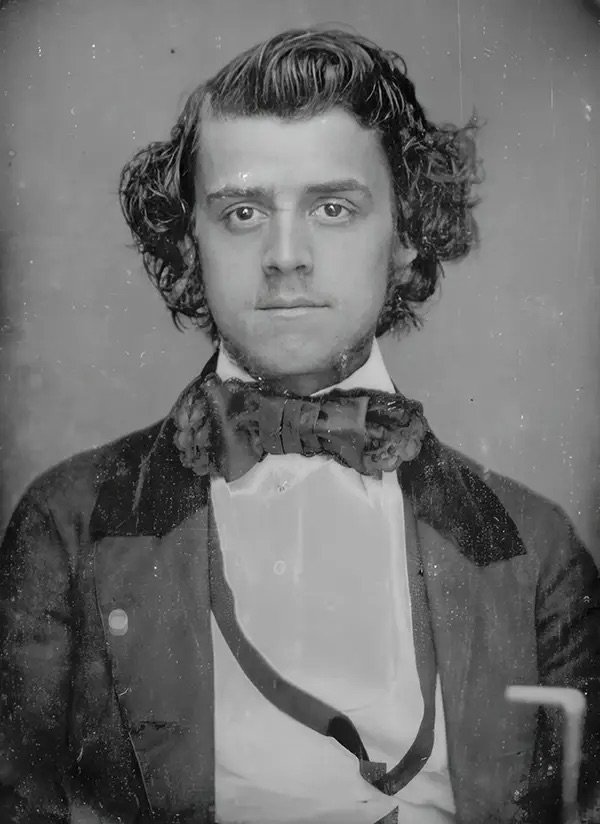
How Hairstyles Changed from 1800 to 1899
When I started diving into 1800s men hairstyles, I didn’t realize just how much the trends changed over the course of the century. It’s easy to lump “the 1800s” into one big chunk of time, but hairstyles evolved with the times — just like fashion, technology, and culture.
In the early 1800s, a lot of men still carried over the influence of the late 1700s. Long sideburns, natural curls, and even powdered styles were still hanging on, especially in more formal settings. By the 1830s to 1850s, hair was shorter, flatter, and much more structured. The signature look? A deep side part and slicked-down style, often maintained with thick pomades and a pocket comb.
Then the Civil War hit, and things got gritty. Soldiers didn’t have time for pomade or barber visits, so hair got longer, beards got bushier, and rugged became the default.
By the late 1800s, the Wild West era and industrial age brought a shift. Men wore fuller, messier styles, especially those working outdoors or traveling often. Barbershops became more widespread again, and so did sharper, more defined looks — especially in cities.
It’s fun to pair this shift with changes we’ve covered in other areas of life. For example, when New York started modernizing with its first filling stations in the 1920s, style and grooming shifted to match that faster pace of life. The same thing was happening decades earlier — just slower and more rugged.

Victorian Era Hairstyles for Men
Ah yes, the Victorian era — a time when formality ruled, and that applied to hair too. Victorian men weren’t just throwing on a coat and heading out the door. They were combing, oiling, parting, and perfecting their appearance down to the last detail. And hairstyles reflected that sense of order and sophistication.
Most popular during the mid to late 1800s, Victorian era hairstyles for men were neat and controlled. Hair was often parted with precision — usually to the side, but sometimes down the middle for a more severe look. It was common to see men carrying small combs to maintain their sleek styles throughout the day.
Even facial hair followed rules — certain beard styles were “in” while others were seen as uncivilized. Mustaches were often groomed with wax, curled just right, and trimmed regularly. The upper-class man wanted to appear polished, intelligent, and moral… and you’d better believe your hair was part of that first impression.
These styles show up in so many portraits from the time. One of the most interesting connections is to Victorian-era death photography — yes, even in post-mortem portraits, men were posed with neatly combed hair, parted and styled as if they were headed to a formal dinner instead of being remembered forever.
It’s a strange and fascinating blend of style and symbolism, but it’s clear: during the Victorian era, a man’s hair was a direct reflection of his status and self-respect.
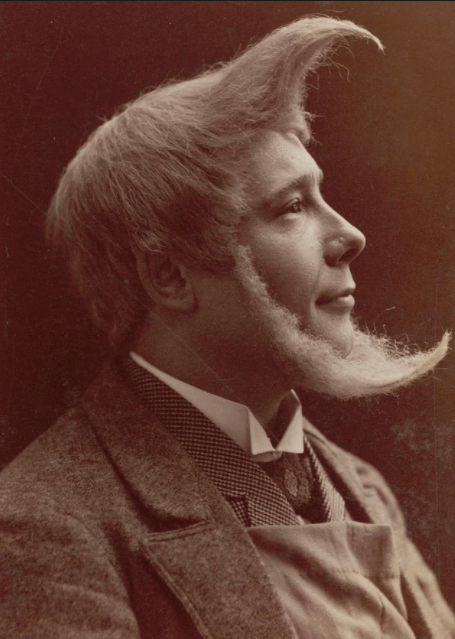
How Hairstyles Reflected Social Class
When you look at 1800s men hairstyles, you start to realize that it wasn’t just about trends — it was about status. The way a man wore his hair said a lot about who he was, what he did for a living, and whether he had a few coins in his pocket or was scraping by.
Wealthier men could afford trips to a proper barber, owned hair combs made of bone or ivory, and had pomades imported from larger cities. Their hairstyles were neat, controlled, and up-to-date with the latest fashion trends coming out of Europe. A polished side part or a slick wave wasn’t just a style — it was a signal that you had the time, money, and tools to groom yourself.
On the other hand, men in working-class or rural areas often wore whatever was practical. Simple short cuts, messy styles, or full beards that didn’t need daily maintenance were more common. Some men even shaved their heads entirely just to avoid lice or the hassle of upkeep.
I think about this a lot when I come across stories like life in the Missouri Ozarks in 1940. That kind of hard, rural living didn’t leave much room for fancy grooming. And even though that’s 1940s, the same vibe applied to a lot of frontier men in the 1800s — function over fashion.
Hair told a story back then. It showed if you were city or country. Rich or poor. Upwardly mobile or just surviving.

Hair in the American Civil War
The American Civil War was a major turning point — not just for the country, but for how men looked, too. Grooming went out the window for a lot of soldiers, and it shows in photos and letters from the time. Hair got long, beards got wilder, and men focused more on staying alive than on pomade and parting.
Many soldiers actually shaved their heads at the beginning of service — not as a style choice, but as a practical way to avoid lice. Facial hair, on the other hand, grew freely. In the trenches, your beard was your blanket, your comfort, and maybe even your identity. It helped shield the face from dust and sun and cold winds.
You can see the shift from refined city looks to rugged, worn-in styles in portraits of both Union and Confederate soldiers. The longer the war dragged on, the more common it was to see wild hair and thick beards — a far cry from the tidy Victorian styles just a few years earlier.
It reminds me of some of the raw and emotional survival stories we’ve shared, like Juliane Koepcke’s fall from the sky and fight to survive. When you’re focused on survival, grooming doesn’t rank very high on the list. The same was true for soldiers back then.
War changed everything — including what it meant to be well-groomed.
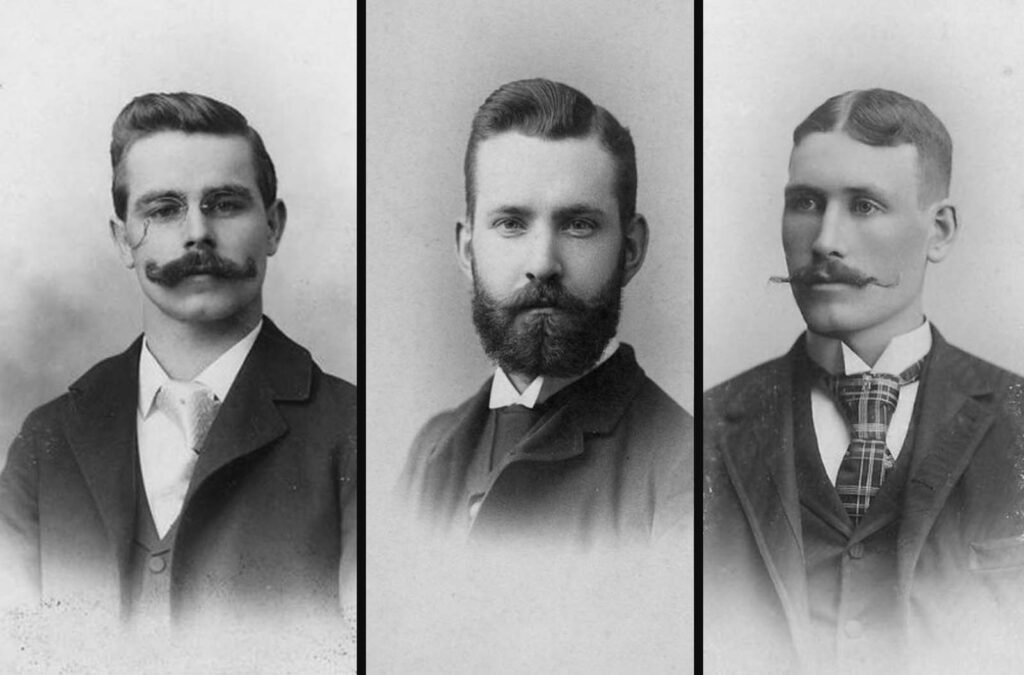
Grooming Challenges in the 1800s
Let me tell you — when I think about the day-to-day struggle of maintaining 1800s men hairstyles, I’m honestly amazed guys managed to look as polished as they did in portraits. Grooming back then wasn’t just time-consuming… it was downright hard.
No indoor plumbing. No hot running water. No mirrors in every room. If you wanted a haircut, you might wait until the town barber rolled through — or you’d ask your brother or neighbor to trim your hair with dull shears and a steady hand (hopefully). And if you were traveling or living rural? You probably just let it grow and hoped for the best.
Washing your hair was a chore. You had to haul water, heat it, find lye soap or some homemade alternative, and rinse — often outside or in a basin. Styling? Only if you had the extra time. And forget about daily showers or shampoos. Men might rinse their hair every few days or even just once a week, depending on lifestyle.
We covered something similar in our post about how people did laundry in the early 1900s — and the hair situation was no less exhausting. Honestly, just keeping clean back then took effort that most of us today can’t even fathom.
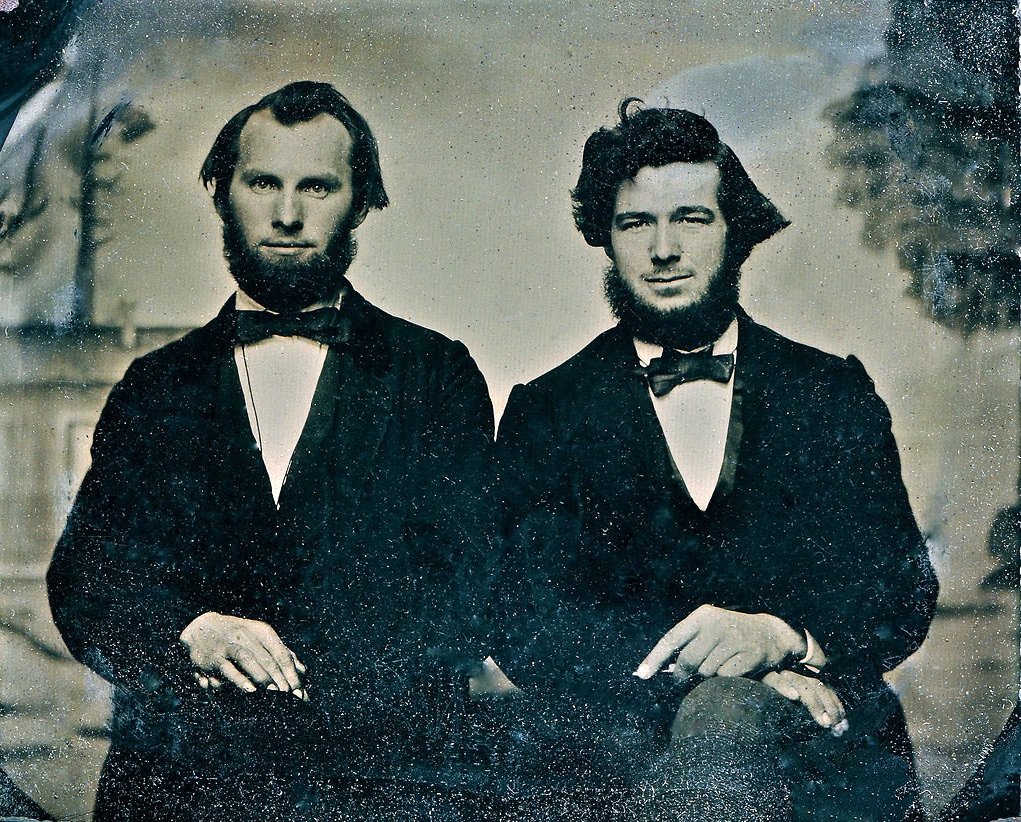
What 1800s Hairstyles Can Teach Us Today
After digging into all this, I walked away with a weird appreciation for 1800s men hairstyles. Sure, the tools were crude, the styles were sometimes over-the-top, and nobody was using dry shampoo — but the intention behind the grooming? That was solid.
Back then, your hairstyle wasn’t just about vanity. It was about respect, identity, practicality, and sometimes even survival. A slick side part meant you cared about presentation. A rough beard meant you were working the land or fighting in a war. Hairstyles were tied to culture, class, and daily life way more than they are today.
And I can’t help but think about all the ways we’ve covered how people lived back then — from mail delivery on horseback to fighting heat without air conditioning. These weren’t just trends — they were adaptations to real life.
So yeah, maybe I won’t be busting out the mutton chops anytime soon, but there’s something timeless about how men in the 1800s approached their hair. Whether they were chasing fashion or just trying to survive another day, their styles told a story — and that’s worth remembering.
As an Amazon Associate we earn from qualifying purchases through some links in our articles.
